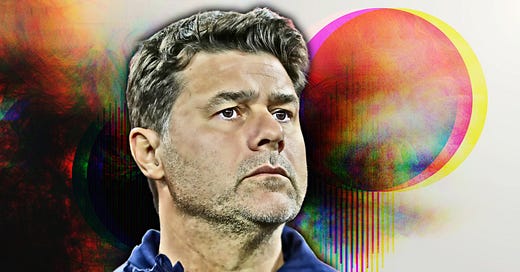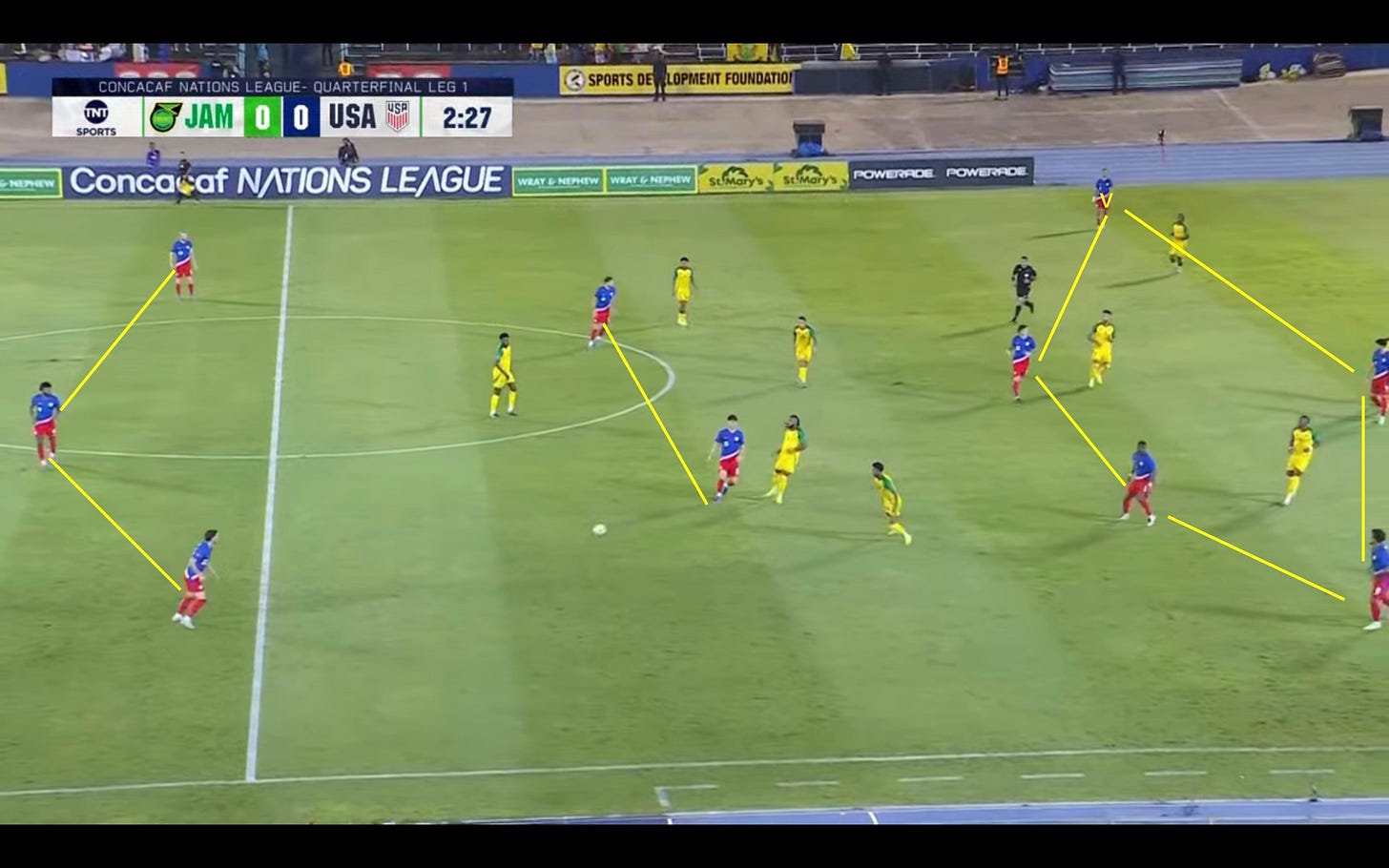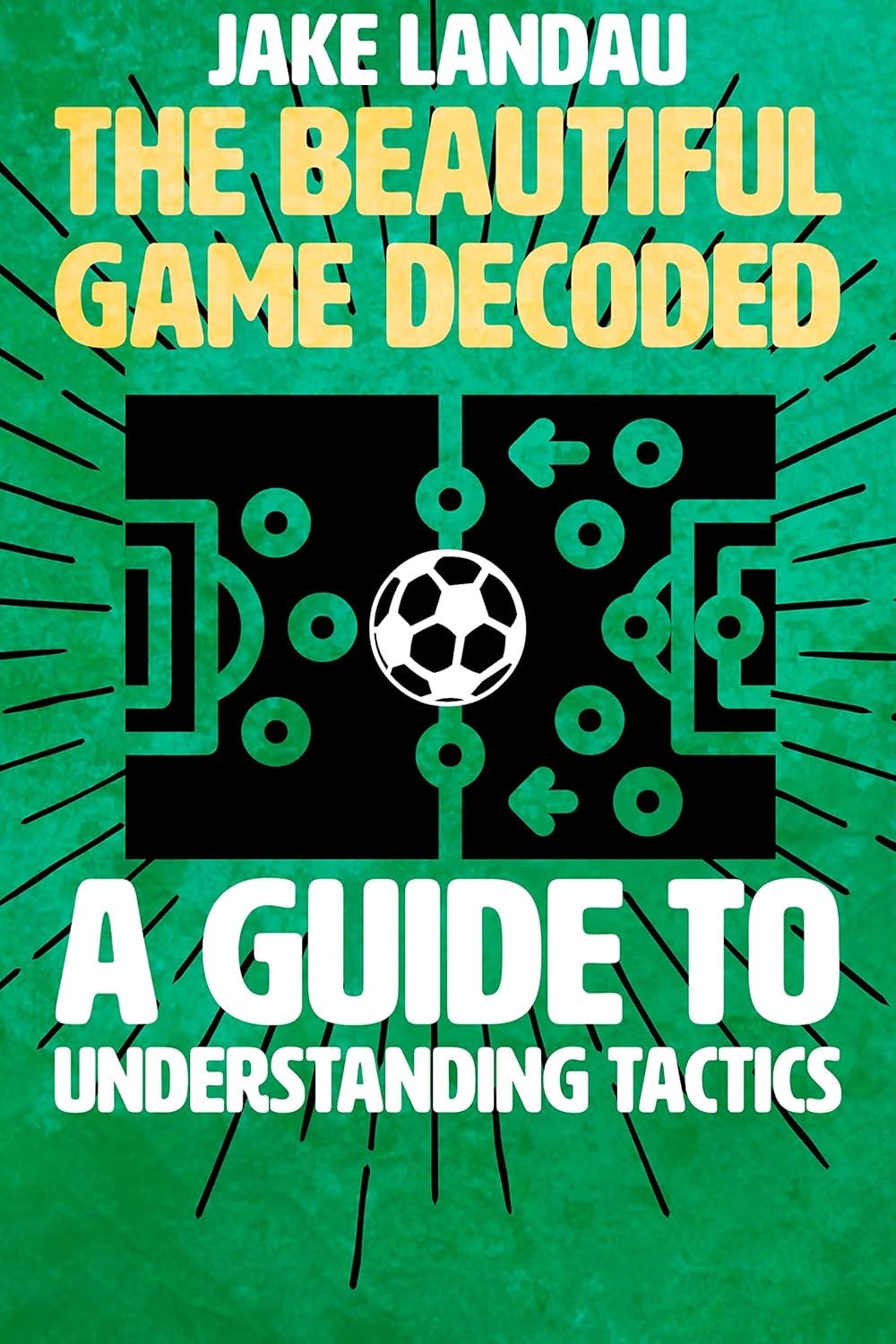The US advanced to the CONCACAF Nations League semi-finals last night after crushing Jamaica. And when I say crushed I mean absolutely smashed them to bits. The 3-0 lead at halftime was enough to kill any belief Jamaica had and made the second half a formality. It’s a good thing too, because Jamaica did come back with a vengeance at moments in the second half. The final aggregate of 5-2 was still comfortable enough for the US to feel pretty good about the first competitive matches for the Poch era.
While there have only been four matches now, we can now see the Pochettino plan coming together a bit more. I’m not ready yet to say if it’s good or bad. What I will say is that it is extremely nice to have possession not just for the sake of having the ball, but to generate big chances. It’s nice to have a passing direction that doesn’t look like one big backwards arrow. And it’s nice to be set up in a way that proactively shuts down counter-attacks. I want to explain that last one a little bit today by discussing Antonee Robinson’s role from the middle of the pitch.
The inverted fullback makes an appearance
In the away leg against Jamaica, the US’s shape in possession usually resembled a 3-2-2-3 box midfield. They accomplished this by having Joe Scally stay back, pushing Antonee Robinson into the forward line, while Pulisic drifted centrally from the left.
Early on in this home leg, while the US had possession it looked a little different. With Timothy Weah starting on the left and Pulisic central, it was important to take advantage of Weah’s vertical speed on the wing.
If Robinson were to push into that same space it would get a little crowded, so Pochettino opted to place Robinson as one of the defensive midfielders while in possession. You’ve seen this before with Alexander-Arnold at Liverpool, Jon Stones at Man City, or Zinchenko at Arsenal. We hadn’t seen it with Robinson yet and I honestly was surprised he had it in his locker.
Offensively this wrinkle allowed Weah to push the weak-side defender high and give Pulisic pockets to receive the ball, but what I love most about this change is that it puts Jedi in the right spot to stop a counter-attack when the US lost possession high up the pitch. Think about it - when the US loses possession and Jedi is high on the left, he needs to run all the way back and can’t be involved in the play, but when he is central he can be the first to counter-press and win the ball back. Watch this play from early in the game when the US turns the ball over:
The inverted fullback is one of soccer's most intriguing tactical evolutions, turning a traditional defensive role into a vital cog for midfield dominance. Instead of sticking to the touchline, these players drift into central areas during attacks, operating almost like auxiliary midfielders. The goal? Overload the middle of the pitch, keep possession ticking, and provide an extra shield against counterattacks.
Variety of attacking systems
The other change I see most prominently with Pochettino’s US so far is the varied ways in which we attack. We can be dangerous by building through the middle, or by switching fields, or by counter-pressing. We scored goals in all three of those phases last night.
One of the main developments to make this work has been the interchangeability of players in their listed positions. We regularly saw Yunus Musah drop into the right back spot held by Joe Scally, Ricardo Pepi into the midfield, and Weah and Pulisic were taking turns terrorizing the left side of the American pitch. In the following ten seconds we see Musah as right-back, Robinson in the middle and on the left, and Pepi dropping in centrally.
It’s definitely still too early to tell but my overall reaction to these first two competitive matches are that we are trying to utilize our competitive advantages within the scope of the match, rather than trying to fit our players and their abilities into the gameplan. I like that our front foot is meant to score goals rather than to look good. I like the switch to the 3-2-2-3 in possession rather than throwing fullbacks forward and hoping for a good cross.
Although we gave up a few goals, this game was the most fun I’ve had watching the US since the World Cup. What did you think?
Did you know I have a book out now? The Beautiful Game Decoded takes the kind of tactical insights we talk about here and dives even deeper. It’s a journey through the strategies that make soccer so amazing, from the rise of the inverted fullback to the intricacies of pressing systems. Whether you’re a coach, a player, or just a fan who loves geeking out about the game, I think you’ll find it’s written with the same passion I bring to these recaps. If you’ve ever wanted to see soccer in a whole new way, give it a look!










Another great write-up, Jake. Now THAT was a performance I can get behind!